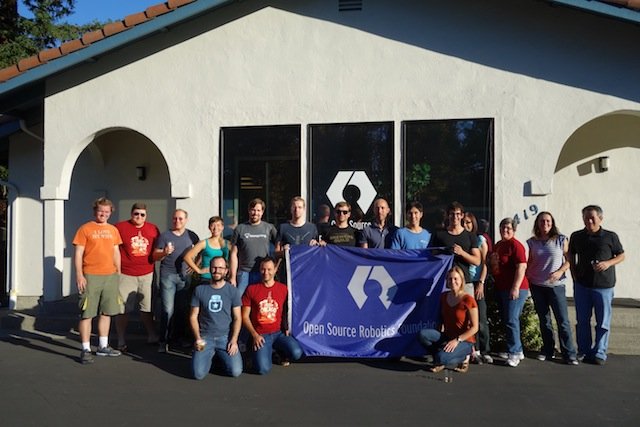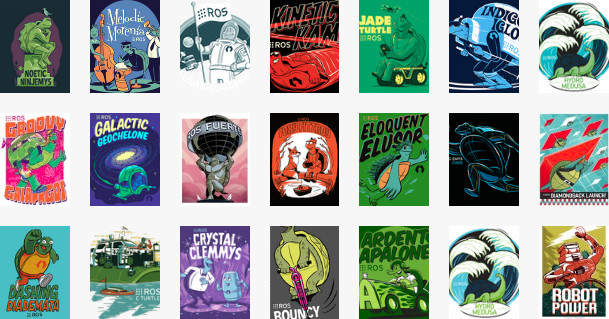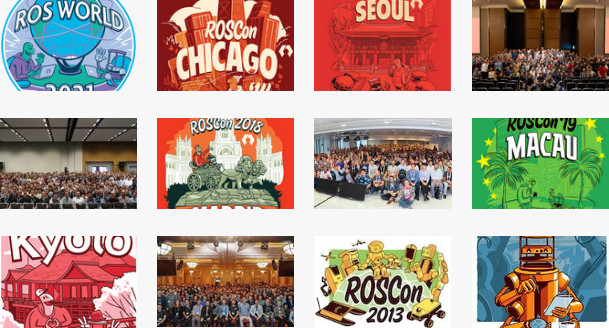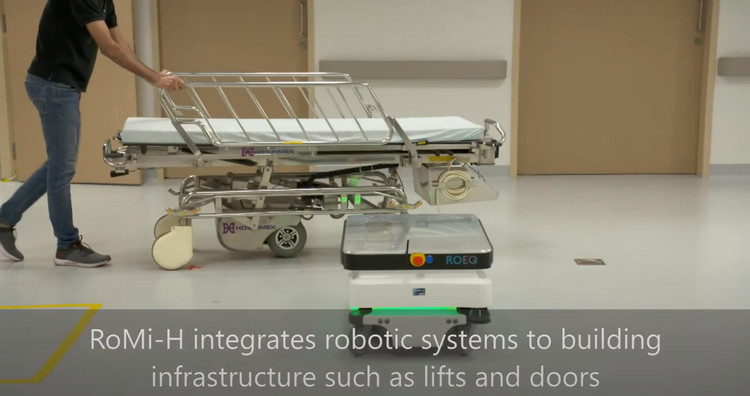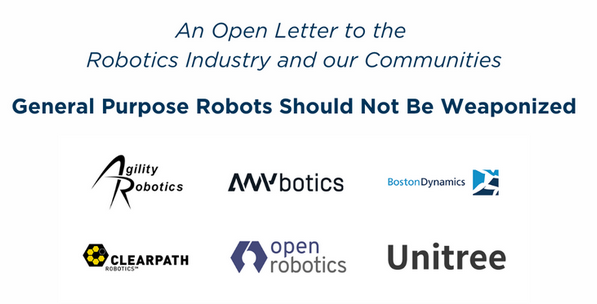
Over the course of the past year Open Robotics has taken time from our day-to-day efforts to work with our colleagues in the field to consider how the technology we develop could negatively impact society as a whole. In particular we were concerned with the weaponization of mobile robots. After a lot of thoughtful discussion, deliberation, and debate with our colleagues at organizations like Boston Dynamics, Clearpath Robotics, Agility Robotics, AnyBotics, and Unitree, we have co-authored and signed an open letter to the robotics community entitled, “General Purpose Robots Should Not Be Weaponized.” You can read the letter, in its entirety, here. Additional media coverage of the letter can be found in Axios, and The Robot Report.
The letter codifies internal policies we’ve had at Open Robotics since our inception and we think it captures the sentiments of much of the ROS community. For our part, we have pledged that we will not weaponize mobile robots, and we do not support others doing so either. We believe that the weaponization of robots raises serious ethical issues and harms public trust in technologies that can have tremendous benefits to society. This is but a first step, and we look forward to working with policy makers, the robotics community, and the general public, to continue to promote the ethical use of robots and prohibit their misuse. This is but one of many discussions that must happen between robotics professionals, the general public, and lawmakers about advanced technologies, and quite frankly, we think it is long overdue.
Due to the permissive nature of the licenses we use for ROS, Gazebo, and our other projects, it is difficult, if not impossible, for us to limit the use of the technology we develop to build weaponized systems. However, we do not condone such efforts, and we will have no part in directly assisting those who do with our technical expertise or labor. This has been our policy from the start, and will continue to be our policy. We encourage the ROS community to take a similar stand and to work with their local lawmakers to prevent the weaponization of robotic systems. Moreover, we hope the entire ROS community will take time to reflect deeply on the ethical implications of their work, and help others better understand both the positive and negative outcomes that are possible in robotics.
